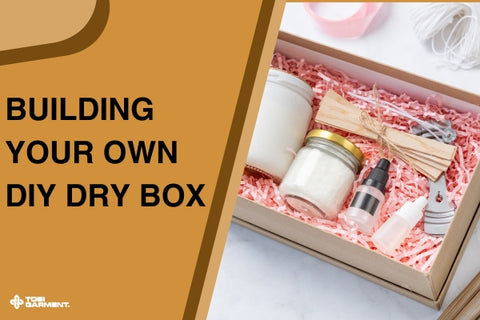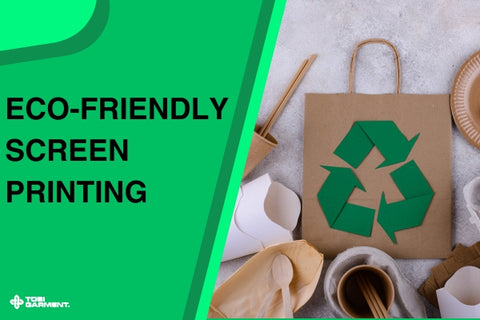
In this comprehensive guide, we'll walk you through the process of building your own DIY dry box, ensuring your valuables stay safe and secure for years to come.
How to Build a DIY Dry Box
Materials Needed
Before you begin, gather the necessary materials:
- A plastic container with a tight-fitting lid (the size will depend on your storage needs)
- Desiccant (silica gel or calcium chloride)
- Hygrometer (to monitor humidity levels)
- Sealant (like silicone caulk)
- Drill and screws (if needed for attaching components)
- Cutting tools (if modifying the container)
Tools Required
You'll also need the following tools:
- Measuring tape
- Marker
- Utility knife
- Scissors
Step-by-Step Instructions
- Prepare the Container: Clean the plastic container thoroughly to remove any dirt or debris. If necessary, modify the container by drilling holes for ventilation or adding dividers for organization.
- Apply Sealant: Seal any gaps or seams in the container using sealant to prevent moisture from entering. Allow the sealant to dry completely before proceeding.
- Add Desiccant: Place the desiccant inside the container. The amount of desiccant needed will vary depending on the size of the container and the humidity levels in your environment.
- Install the Hygrometer: Attach the hygrometer to the inside of the container. This will allow you to monitor humidity levels and ensure they remain low.
- Close and Seal: Close the container tightly and seal the lid with additional sealant if needed.
Read more: Screen Printing Hoodies: A Step-by-Step Tutorial for DIY Enthusiasts
Tips and Tricks
- Choose the right size container: Select a container that is large enough to accommodate your items comfortably but not so large that it's difficult to maintain low humidity levels.
- Use high-quality desiccant: Opt for desiccant that is specifically designed for long-term use and has a high absorption capacity.
- Check humidity levels regularly: Monitor the hygrometer frequently to ensure humidity levels remain low. If necessary, add more desiccant or replace the old desiccant.
- Store items properly: Place items inside the dry box in a way that allows air to circulate freely. Avoid overcrowding the container.
- Clean the container periodically: To prevent mold and mildew growth, clean the container and desiccant regularly.
Understanding Humidity Control
The Importance of Humidity Control
Humidity control is crucial for preserving many items. High humidity can lead to:
- Mold and mildew growth
- Corrosion
- Paper degradation
- Damage to electronics
By maintaining a low humidity level in your dry box, you can protect your valuable possessions from these harmful effects.
How Humidity Affects Items
- Electronics: High humidity can cause short circuits, corrosion, and damage to electronic components.
- Paper-based items: Books, documents, and photographs can become brittle, discolored, and moldy in high humidity environments.
- Collectibles: Coins, stamps, and other collectibles can be affected by corrosion and tarnish.
Read more: A Step-by-Step Guide to Screen Printing on Wood
Measuring Humidity
A hygrometer is a simple device that measures humidity levels. By monitoring the hygrometer readings, you can determine if you need to adjust the amount of desiccant in your dry box.
Choosing the Right Desiccant
Types of Desiccants
There are several types of desiccants available, including:
- Silica gel: A common choice due to its high absorption capacity and reusability.
- Calcium chloride: Another popular option with a strong absorption capacity.
- Molecular sieves: Highly effective but more expensive than silica gel or calcium chloride.
Factors to Consider When Choosing a Desiccant
When selecting a desiccant, consider the following factors:
- Absorption capacity: Choose a desiccant with a high absorption capacity to effectively reduce humidity levels.
- Reusability: Some desiccants can be reused after being regenerated.
- Toxicity: Ensure the desiccant is non-toxic, especially if you'll be storing items that come into contact with food or children.
How to Use Desiccant Effectively
- Place desiccant in sachets: Store desiccant in small sachets or bags to distribute it evenly throughout the container.
- Replace desiccant regularly: Over time, desiccant can become saturated. Replace it with fresh desiccant to maintain effective humidity control.
Read more: How to Choose the Perfect Screen Printing Machine for Your Needs
Maintenance and Troubleshooting
Regular Maintenance
To ensure your DIY dry box continues to function properly, perform regular maintenance:
- Check humidity levels: Monitor the hygrometer regularly to ensure humidity levels remain low.
- Replace desiccant: As desiccant becomes saturated, replace it with fresh desiccant.
- Clean the container: Periodically clean the inside of the container to remove any dust or debris.
Common Problems and Solutions
- Condensation: If you notice condensation inside the container, it may be due to excessive humidity. Increase the amount of desiccant or improve the seal of the container.
- Mold or mildew: If mold or mildew appears, clean the container thoroughly and replace the desiccant.
- Leaking container: If the container is leaking, check the seals and repair any damage.
Troubleshooting Tips
- If humidity levels are too high: Increase the amount of desiccant or check for any leaks in the container.
- If humidity levels are too low: Reduce the amount of desiccant or ensure that the container is not too tightly sealed.
- If the container is leaking: Inspect the seals and repair any damage.
Read more: Top Hoodie Print Placements: Make Your Hoodie Stand Out
Conclusion
Building your own DIY dry box is a rewarding project that can help protect your valuable possessions from moisture damage. By following these step-by-step instructions and choosing the right materials, you can create a custom storage solution that meets your specific needs. Remember to regularly maintain your dry box and monitor humidity levels to ensure optimal performance.
FAQ
Can I use a regular plastic container for my dry box?
Yes, you can use a plastic container as long as it has a tight-fitting lid and can be sealed properly.
How often should I replace the desiccant?
The frequency of desiccant replacement will depend on the humidity levels in your environment and the size of your dry box. As a general rule, replace desiccant every six months to a year.
Can I use a regular hygrometer for my dry box?
Yes, you can use a regular hygrometer designed for indoor use.
Is it necessary to seal the container completely?
Yes, it's important to seal the container as tightly as possible to prevent moisture from entering.
Read more related posts from Tobi Garment:



